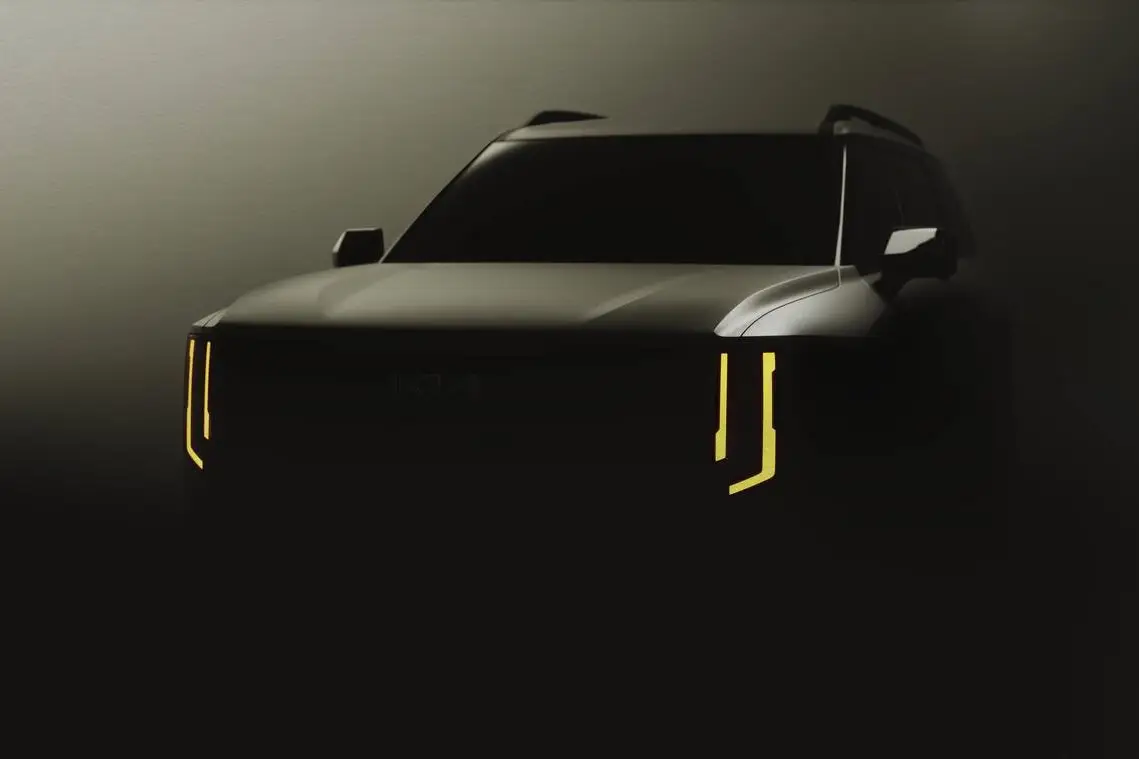The Morning Call and Mcall.com's view
Looking at a fridge-like Japanese mid-sized sedan? Or maybe you’re considering a hulking SUV.
Pontiac would like to remind you that they have a fun alternative in the form of the new 2004 Pontiac Grand Prix.
Some may have stopped reading after that last sentence. After all, previous Grand Prix models have been little more than beautified rental cars, a far cry from their muscle-car glory days.
But the new Grand Prix is appreciably better than its predecessor, one in a blitz of new models Pontiac is introducing this year.
Late last year, Pontiac introduced the Vibe on a platform shared with the Toyota Matrix. Nearly 40 percent of Vibe buyers are new to GM. The car has outsold its Toyota cousin in four of the last six months, according to Bob Kraut, marketing director for Grand Prix, Bonneville and GTO.
But the Vibe and new Grand Prix are just the start. Later in the year, the new rear-wheel-drive GTO will be introduced, as well as a V-8-powered Bonneville GXP. Even the Grand Am, Pontiac’s most popular car, will get a make-over.
So the Grand Prix fits into the heart of the line-up and does so with aplomb.
“We want you to have fun in the car,” enthuses Kraut.
They’ve succeeded.
Starting with the current W-body platform, engineers went to work stiffening the frame, upgrading the suspension and steering, and adding minor touches such as thickening the vehicle’s glass.
Then, Pontiac went to work on the 3.8-liter overhead-valve engine. While the base GT gets a 3.8 engine rated at 200-horsepower, the sportier GTP gets a supercharged version of the same mill, rated at 260 horsepower, a 20-horsepower bump from 2003.
For those who want to go even further, the GTP is available with the Competition G Package. The Comp G package is aimed at the 10 to 15 percent of GP buyers to enthusiasts who prefer a more aggressive car. The package features more aggressive suspension, tuning and tires, StabiliTrak Sport (a performance-oriented version of GM’s stability control system) and v-rated tires. It also gets a new transmission, one that GM calls TAPshift (for Touch Activated Power shift). Basically, it’s an automatic transmission that can be shifted manually by tapping two steering wheel-mounted buttons. According to GM, the programming allows each gear to run to redline.
“We tuned it for performance driving,” says Kraut. And how! A week-long test in a GTP (without the Comp G package) was revealing. Even a standard GTP will be a fun drive for almost any enthusiast. Power is strong and insistent and shifts are just where you want them and operate with a silky swiftness. Although equipped with traction control, Pontiac’s engineers allow for a certain amount of wheel spin, while still obtaining the optimal 0-60 time.
But it’s not just sheer power that’s a blast. Take a corner in the GP and for a front-driver, it’s just an absolute hoot. Th e chassis is communicative, so you know what’s going on. But you might be surprised at how easy this car is to push to its limit.
Stopping power is good as well, better than most GM sedans. Electronic Brake Force Distribution is standard, which ensures maximum stopping power by measuring rear loads when braking.
Don’t believe me? Then check out independent tests done by the Sports Car Club of America, where a Comp G-equipped Grand Prix GTP did a 15.015 second quarter mile, stopped from 60 mph in 112.3 feet and pulled 0.827g on the skid pad. If you need a translation, the Pontiac out-accelerated a BMW 330i, Audi A6 or Jaguar S-Type, out braked the latter two and topped the Jag and Bimmer in the twists and turns.
“We pretty much smoked the competition,” brags Kraut.
While the Grand Prix’s performance can upstage its pricier rivals, its interior furnishings cannot.
Still, there’s much to like on the Pontiac. The leather-covered front bucket seats are some of the best seats in any car, let alone a GM. They’re deep, supportive and very comfortable.
The front bucket seat folds flat which, when teamed with the rear folding seats, allows a 9-foot-long item to be stored with the trunk-lid closed. Unfortunately, you’ll want to keep those rear seats folded. They’re the antithesis of the front seats, low, uncomfortable and not very supportive. At least there’s a big trunk.
Of course the Pontiac comes nicely equipped with all the modern conveniences, with power everything, heated seats, electronic information displays and a terrific sounding radio.
XM Satellite radio is available and was installed on the test vehicle. With over 100 channels to choose from and most commercial-free, it was easy to get lost in a musical world that commercial radio lacks the imagination to provide.
Instrumentation, which had the look of a sports watch, was large and easy to read. Still, the car lacked a supercharger boost gauge, as well as readouts for oil pressure and voltage. This is a definite oversight in a performance car.
A boost gauge is available as an option, but its readout is buried with other electronic messages. It’s all housed in a dash that’s awash in cheap plastic, although it’s better than some of GM’s more recent efforts. Brushed aluminum trim helps negate some of the economy-car feel.
Fuel consumption was good, despite the powerful engine. Overall economy was 20 mpg. Premium fuel is recommended, although the GTP will run on regular. The GT takes regular gas.
All of this performance is wrapped in sheet metal that is more sophisticated than ever. The tacky plastic cladding is gone.
While the wrapper may not be daring, putting so much emphasis on performance in a family sedan is pretty daring for GM. But buyers who would never dream of owning a Grand Prix, will be pleased with the increased muscle.
It’s all a part of the plan, according to Kraut. “We’re designing clean, powerful, smart-looking vehicles for people interested in performance.”
Hallelujah.
Latest news



